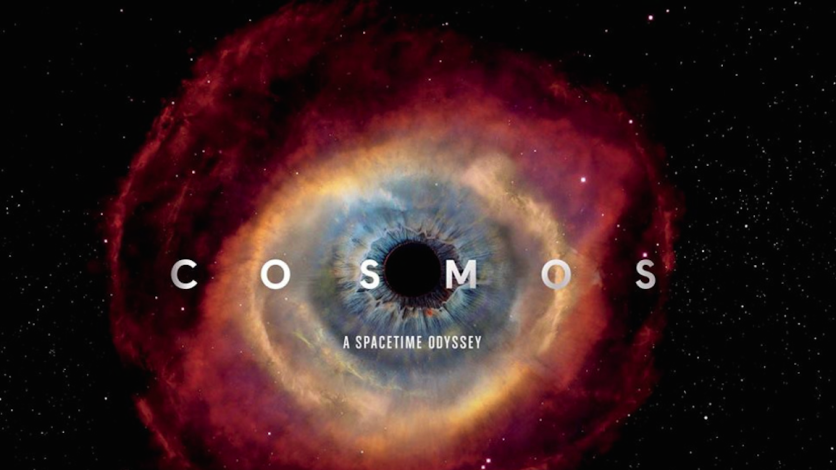
The age of our planet-- and the dangers some of its constituent elements can present -- were front and center in the latest episode of "Cosmos: A Spacetime Odyssey."
At the center of host Neil deGrasse Tyson's presentation in "The Clean Room" was the life and career of geochemist Clair Patterson, who was a pioneer in the effort to discover our planet's age, and in so doing also uncovered the menace lead poisoning represents to humans -- and to all life on Earth.
He was not the first to try and put a birth date on our planet, but went about it methodically, trying to measure how much lead was present in crystals of zircon found in a meteorite fragment, left over from the earliest days of our solar system.
Among the "firsts" he created in his research was the first "clean room" now so familiar in many research fields.
"He had built the world's first ultra-clean room," Tyson said during the episode.
Knowing the amount of lead in the meteorite, the age of which had previously been determined, Patterson was able to put the age of the earth at around 4.5 billion years.
His research was not without hurdles, the fact that his measurements of the lead content before he created his clean room, differ wildly from one experiment to the next.
He came to the conclusion that lead in our surrounding environment -- especially from the exhaust of vehicles burning leaded gasoline -- was not only hindering his research but represented a toxic poison threating humans and animals alike.
After years of battling the petroleum industry -- which claimed lead in the environment came from natural, not man-made sources and tried to dismiss Patterson as a crank -- Patterson's undeniable scientific results led to a move in the United States to ban lead in products including gasoline, paint and many canned goods.
Prior to Patterson's research, scientists had attempted to study sediment layers to estimate the age of the Earth -- as Tyson showed with a computer-generated peeling back of the layers found in the Grand Canyon -- and because sediment can be deposited in different area at wildly differing rates, the estimates they came up with couldn't stand close examination with further research.
Patterson's result was definitive -- as was his discovery of hidden dangers.
"Today, scientists sound the alarm on other environmental dangers," Tyson said. "Vested interests still hire their own scientists to confuse the issue. But in the end, nature will not be fooled."
ⓒ 2025 TECHTIMES.com All rights reserved. Do not reproduce without permission.



